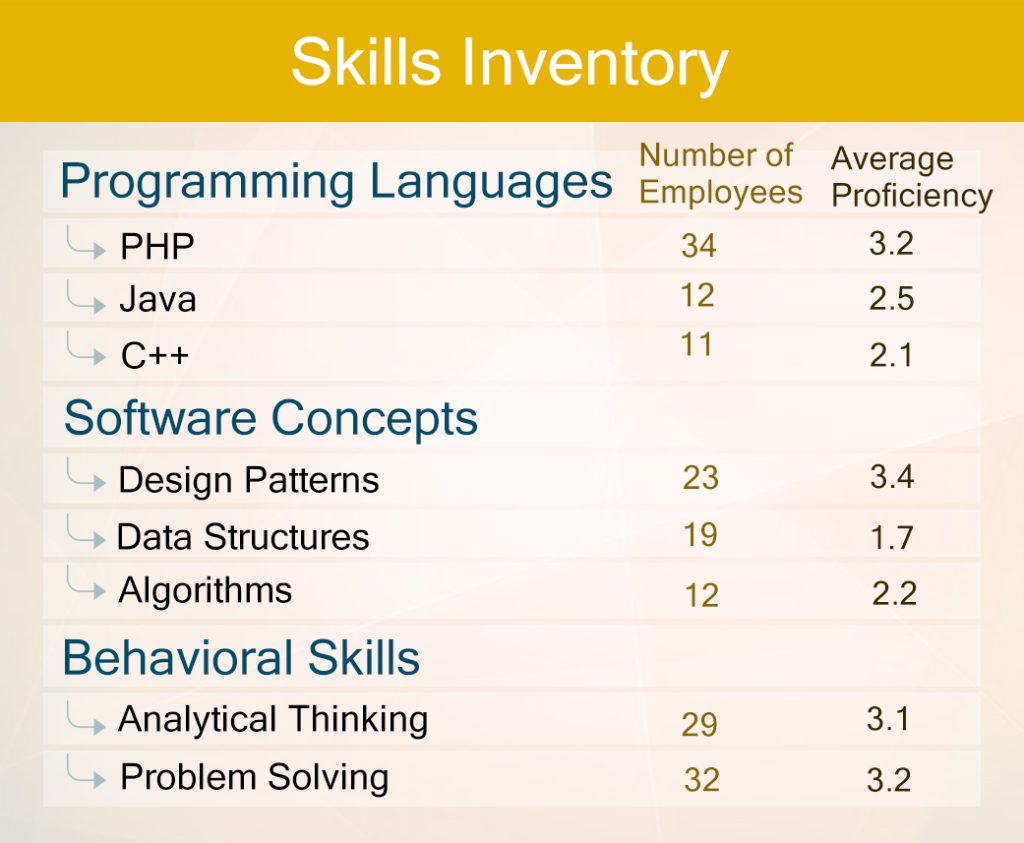In the world of work, organizations are continually challenged to amp up their performance. Achieving this requires a systematic and strategic approach to managing and optimizing the performance of employees and teams. This is where a well-crafted Performance Management System (PMS) emerges as a linchpin, providing a structured framework to align organizational objectives with individual contributions, fostering a culture of continuous improvement and employee development.
In this blog, we will understand the performance management system, its importance, key components, and best practices. So, let’s get started:
Understanding Performance Management
Simply put, performance management is an HR tool for measuring and analyzing employee performance. As an effective approach, performance management can help organizations work on and improve individual employee performance.
In his “Handbook of Performance Management,” author Michael Armstrong defines this term as:
“Performance management is the continuous process of improving performance by setting individual and team goals which are aligned to the strategic goals of the organization, planning performance to achieve the goals, reviewing and assessing progress, and developing the knowledge, skills, and abilities of people.”
The important part of this definition is that performance management is a “continuous process,” and not a “one-off” or “yearly” event.
Through this continuous feedback process, organizations can enable employees to:
- Stay productive and engaged with their work.
- Become accountable for the organizational growth.
- Identify their strengths and areas of improvement.
In the long run, effective performance management should help in employee retention, skill development, and even in creating the next line of business leaders.
Among the best performance management examples, Disney empowers its employees to set their performance goals–in line with the company’s business objectives. Similarly, LinkedIn has its performance management metrics where its employees can set their long-term and short-term goals. Along with employee recognition, the company provides a 360° performance feedback cycle.
Next, let’s discuss some of the key components of a performance management system.
Also Read:- Understanding Proficiencies in a Skills-Based Organization
5 Components of a Performance Management System
Performance management is not a “one-off” activity–but a year-round cycle. Effective performance management should comprise the following 5 components:
1. Performance planning
This is the first and foundational component of a performance management system. Depending on the business requirements, performance planning includes the following activities:
- Designing the performance evaluation plan
- Planning its objectives
- Recommending activities that promote employee commitment
During the performance planning phase, employees can determine their objectives and areas to improve performance. Typically, performance planning is decided between the employee and the reporting manager during every performance review session.
As part of performance planning, the employee and supervisor mutually agree on a performance budget–and what can be achieved over the next performance cycle.
2. Performance Appraisal and Review
This is the second component that measures the effectiveness of the performance management system. Performance appraisal and feedback is all about reviewing every employee’s performance and providing them with regular performance feedback.
Employees can also take a proactive approach to work by:
- Requesting constructive feedback or suggestions from their reporting managers
- Suggesting programs for individual skill development
- Performing self-assessments of their accomplishments
In turn, reporting managers or supervisors can also contribute to performance appraisal by:
- Measuring the employee’s quantifiable achievements
- Determining the root causes for any performance gap
- Rewarding high-performing employees with recognition
Also Read:- Skills centered Human Capital Management
3. Performance Feedback
This is the most important component of the performance management system–where the reporting manager provides feedback to each employee or team member.
This is a continuous cycle of performance feedback where employees can learn:
- Whether they are performing at the expected level or standard
- Their strong points and areas of improvement
- The necessary training and development programs that can help improve their skills and performance levels
Additionally, reporting managers can recommend the development steps that every employee can adopt to meet their expected work outcomes.
For instance, using the Skills Analytics tool, organizations can analyze the current employee skills and recommend improvements.
4. Performance Review and Reward
This is another crucial component of the performance management system, which can predict the motivation level of employees. Employees are recognized and rewarded for their contributions or achievements at this stage. This is important as it can directly impact the employee’s morale and engagement levels.
The main objective of performance review and reward is to build an environment of continuous improvements and recognize the efforts of the entire team or employee base. Instead of a yearly event, recognition and rewards must be a part of the daily workplace experience.
5. Performance Improvement
The final component of the performance management system is to set goals for employees to improve their performance. Along with the goals, employees are given a deadline by which they can achieve those goals.
At this stage, every employee clearly understands the areas they need to improve. Typically, improvement goals are set through mutual discussion between the employee and their manager.
To achieve these goals, organizations can also use a Skills Profiler tool to create and map the skills profile of each employee.
Next, let’s look at the various types of performance management systems in brief.
Types of Performance Management Systems
Primarily, there are 2 types of performance management systems, namely:
1. Organizational Performance Management System
The organizational system aligns performance management with the company’s business goals and objectives. For instance, through objective management, employees are evaluated and motivated to work towards the organizational goals.
Another common method is the Bell Curve method, which identifies the top, median, and bottom performers.
2. Individual Performance Management System
The individual system aligns every employee’s performance with the organizational goal. One popular method is the Behaviorally Anchored Ratings Scale (BARS), which determines the performance-related attributes and measures how closely each individual exhibits those attributes.
Next, let’s look at some best practices that can enhance the effectiveness of performance management systems.
Best Practices in Performance Management
Here are 5 best practices that organizations can implement in performance management:
1. Provide Continuous Feedback
Employees are 3.2x times more motivated to do their daily work when provided with continuous feedback–instead of on an annual basis. Managers must also help employees understand what is expected from them, which helps build trust.
2. Develop a Healthy Organizational Culture
A healthy work culture goes a long way in building employee trust and encouraging them to improve their work performance. With a positive work culture, organizations can motivate their employees with constructive feedback and recognition.
3. Involve Employees in Performance Management
Every company has its own performance management strategy. By involving their employees from the initial phase, they can design a performance strategy with their employee’s suggestions and feedback.
4. Promote Employee Training and Development
Performance management systems must enable employees to build their skills and maximize their potential. For instance, performance administration must identify skills gaps and growth opportunities. This enables companies to invest in the right training and development program.
5. Communicate with Employees.
Employees feel valued when they are heard and recognized by their organization. Communicate with individual employees with regular talks about:
- Work performance and development
- Organizational goals and objectives
- How their contribution made a difference to the business’s success
- Career goals and aspirations
Conclusion
Dedicated and satisfied employees are crucial for any organization’s success. Performance management is a key part of maintaining employee retention and enhanced job satisfaction. With a performance management system, organizations can implement a continuous cycle of performing monitoring and improvements.
Skill analytics platform IYS Skills Tech can help you perform a complete skills assessment of your existing workforce. With our skills and expertise, organizations can solve problems related to skills data and elevate their skills management.
Our advanced Skills Taxonomy and Skills Profiler tools are designed to organize employees’ skill sets and improve productivity in the modern workforce.
Do you want to transform the skills of your existing workforce? Connect with us at connect@iysskillstech.com.





